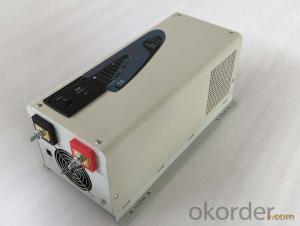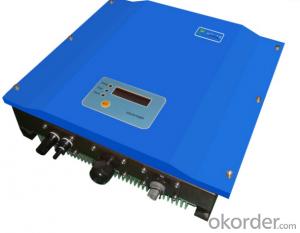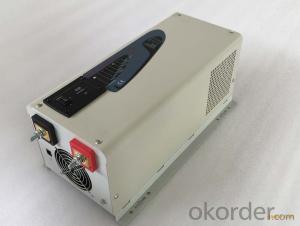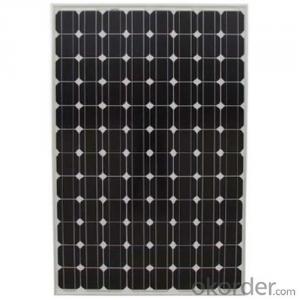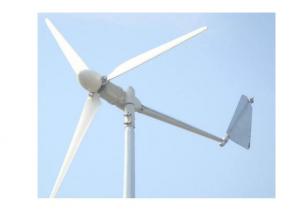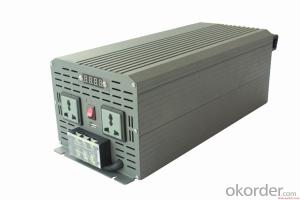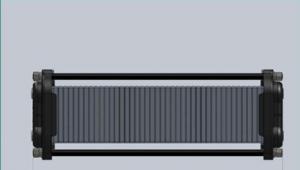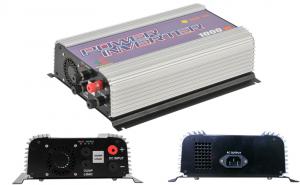1000 W Solar Inverter
1000 W Solar Inverter Related Searches
1000w Solar Inverter 1000 Watt Solar Inverter 1000 Watt Solar Power Inverter Solar Power Inverter 1000w Solar 1000 Watt Power Inverter 1000kw Solar Inverter 1000 Watt Solar Panel Inverter 1000 Watt Inverter Solar Panel 10000w Solar Inverter 10000 Watt Solar Inverter 10000w Solar Power Inverter Solar Inverter 1000 Watt Price 1000w Solar Inverter Price 1000 Watt Solar Inverter Price China Solar Inverter 1000kw Solar Power Inverter 10000w Solar Inverter 10000 Watt Solar Inverter Off Grid 1000w Off Grid Solar Inverter 1000w 1100va Solar Inverter 12000 Watt Solar Inverter 1000w Solar Grid Tie Inverter 10kw Solar Inverter 1kw Solar Inverter Solar Inverter 1 Kw 2000 Watt Solar Inverter 10kw Inverter Solar 1200 Watt Solar Inverter 10kw Solar Power Inverter 3000w Solar Inverter1000 W Solar Inverter Supplier & Manufacturer from China
The 1000 W Solar Inverter is a high-performance product designed to efficiently convert solar energy into usable electrical power. This device is equipped with advanced technology, ensuring maximum energy output and minimal energy loss. It is an essential component for various solar power systems, catering to both residential and commercial applications.The 1000 W Solar Inverter is widely used in various scenarios, including off-grid solar systems, grid-tied solar systems, and hybrid solar systems. It plays a crucial role in harnessing solar energy to power homes, businesses, and even remote locations without access to traditional electricity grids. By utilizing this inverter, users can significantly reduce their reliance on fossil fuels and contribute to a more sustainable future.
Okorder.com is a reputable wholesale supplier of the 1000 W Solar Inverter, boasting a vast inventory to cater to the needs of various customers. They offer competitive prices and reliable service, ensuring that clients receive high-quality products promptly. By partnering with Okorder.com, customers can benefit from their extensive experience in the solar industry and access to a wide range of solar power solutions.
Hot Products




